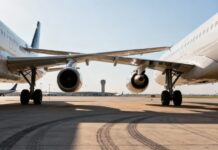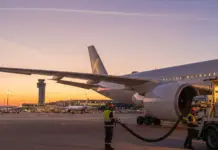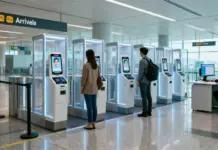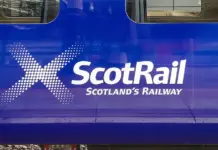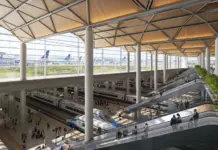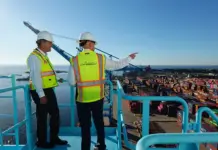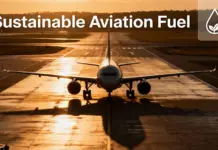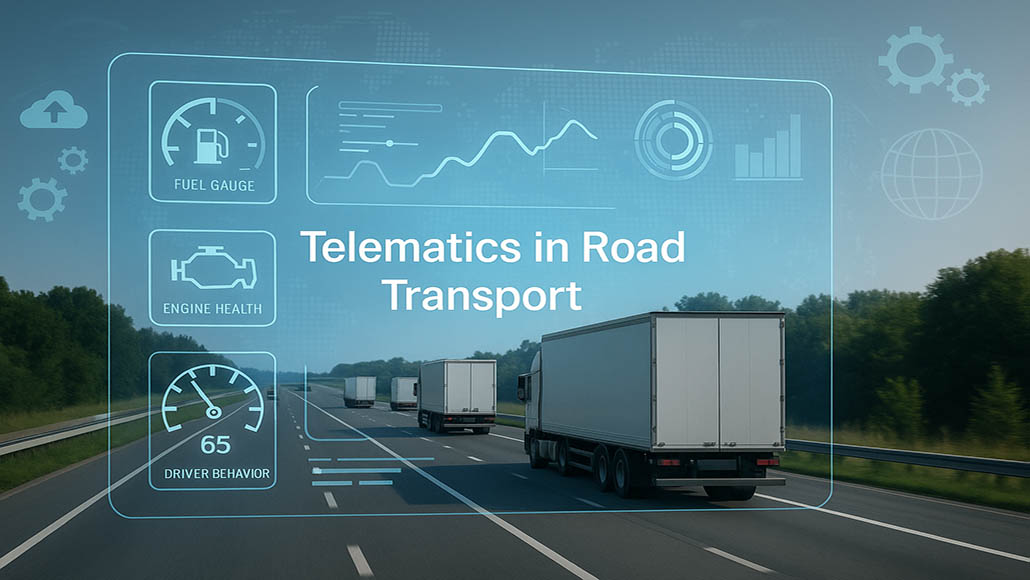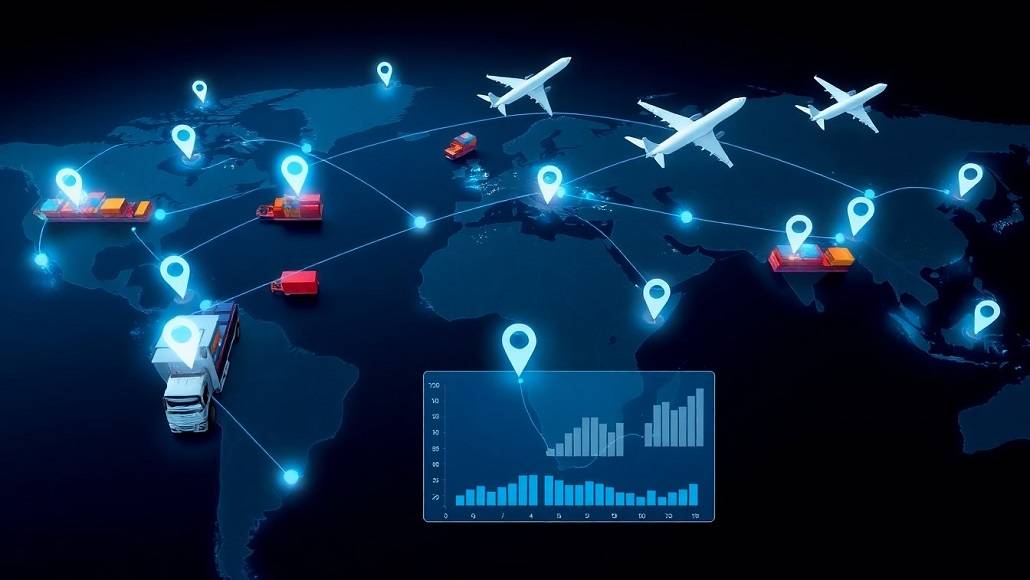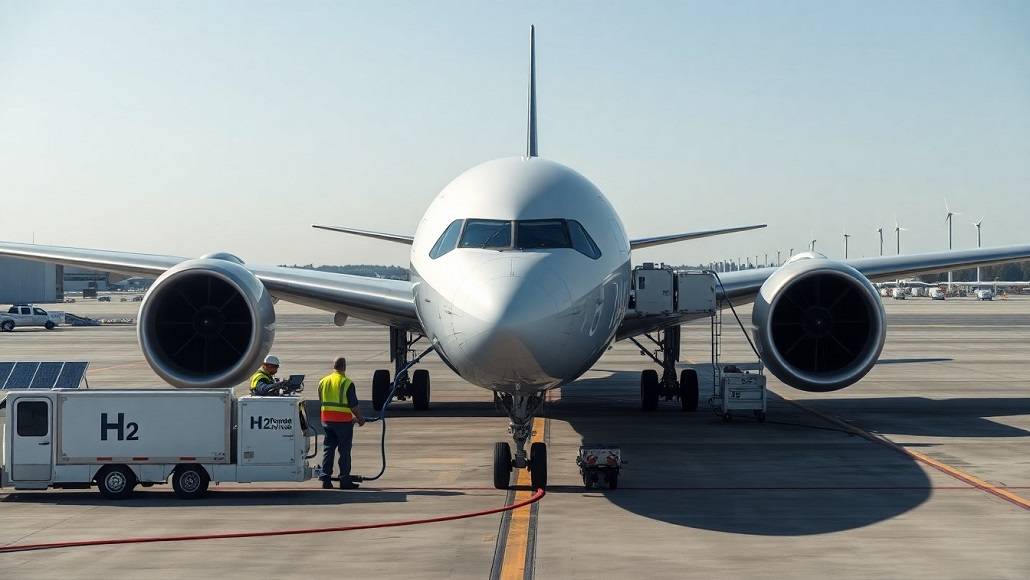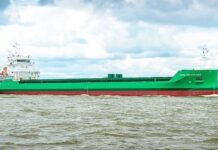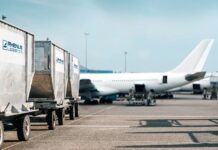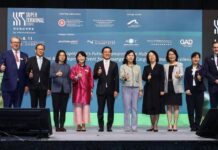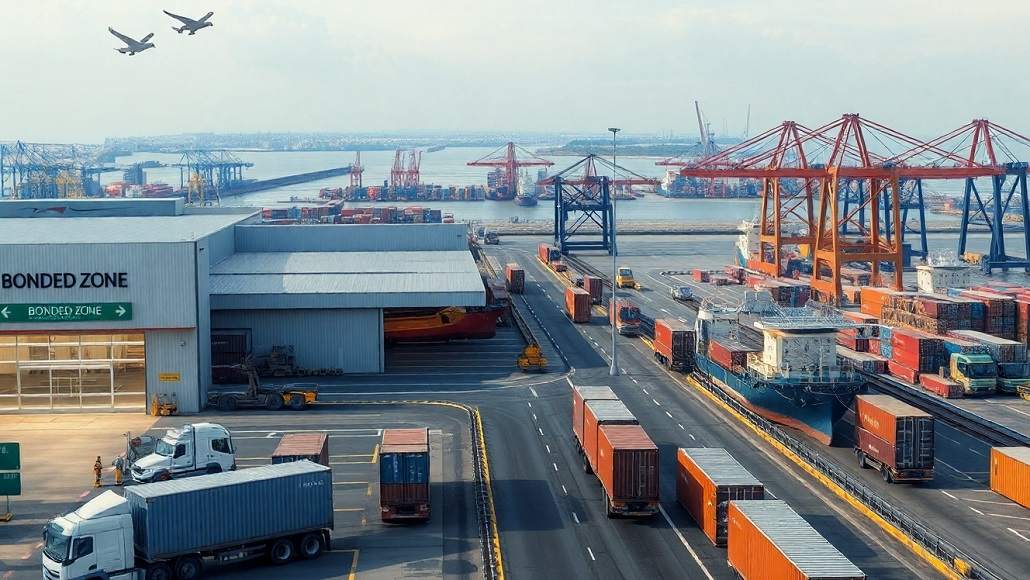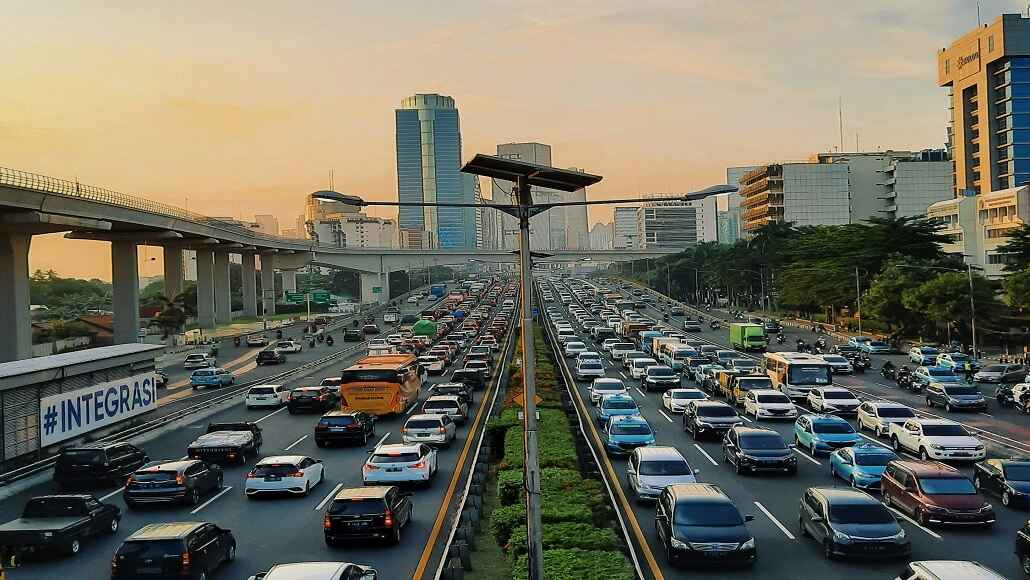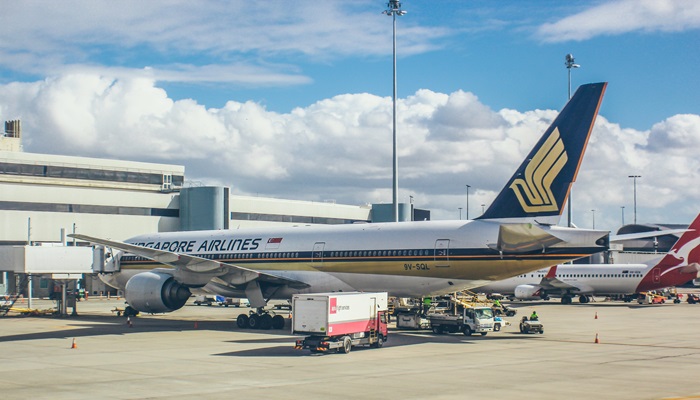It may soon be unnecessary to carry heavy bags off of narrow-body planes like the Airbus A320 and Boeing 737. This is because a new flight innovation lab is being built in Singapore to help airports around the world solve their practical problems.
One possible project for the new International Aviation Lab is to use robots to help load and stack goods in the belly holds of smaller planes, which will make the work easier on the people who do it.
Other projects that could be done include automating airport tasks that require a lot of work, like pulling planes back and forth and opening and closing doors at entry gates, which are currently done by hand by ground agents.
The Civil Aviation Authority of Singapore (CAAS) came up with the idea for the new lab, which is said to be the first of its kind.
The lab’s founding partners will come from all areas of the aviation industry: Airbus and Boeing, Changi Airport Group, Sats, Singapore Airlines, the Singapore University of Technology and Design (SUTD), and the European airline conglomerate International Airlines Group, which owns British Airways.
The groups signed a deal on September 6 to help set up the lab over the next two years.
The authority is also looking for a place for the lab to be built in Singapore, but this is still just an idea.
CAAS also said that in the coming months, meetings for the business world will be held to come up with possible ideas that the new lab could work on. After that, these projects will be tried in Singapore, with the goal of putting them into use all over the world in the future.
The first set of projects for the lab should start in the first half of 2025.
CAAS said that the work with other countries will help to change the whole airport.
With Airbus and Boeing’s help, for example, new ideas could include better designs for planes, which could then be used for all types of planes. This would make it easier for airlines and ground workers to automate some tasks.
CAAS said it will hire the International Center for Aviation Innovation (ICAI) to be in charge of planning and carrying out the lab’s programs as a whole.
This initiative, which started in January, is a component of a wider CAAS project that is aimed at investigating methods to improve the efficiency of the flying sector in the Asia-Pacific region.
The Civil Aviation Authority of the United States (CAAS) said on September 6 that airports all over the globe would need to rethink how they operate in order to satisfy the rising demand and unleash the full potential of the industry.
Additionally, it was said that in order to circumvent issues with capacity and personnel, a great number of airports would need to make greater use of technology and innovative ideas.
Han Kok Juan, the head of CAAS, said that the organization would begin working toward expanding the size of the new lab by forming partnerships with other airports and airplanes.
In addition to this, it will bring in other partners in the future, some of whom may possess particular technological expertise or know-how. Included in this group of partners will be a significant number of small and medium-sized enterprises.
The head of Europe’s civil aviation safety office, Patrick Ky, is now the CEO of ICAI. He said that the foreign Aviation Lab is different from other airport labs because it has both foreign and local partners, as well as the two airplane makers. He said that getting the different foreign partners to work together is a big part of the lab’s success, and he also said that the solutions that are made should be used in real airport operations.
In order to create a change that is really meaningful, we need to ensure that the concepts that we develop can be implemented in commercial settings all over the globe. According to him, the answers that are applicable to Changi Airport are also applicable to Charles de Gaulle Airport, John F. Kennedy International Airport, Narita Airport, and other airports in Paris, New York, and Tokyo.
The lab wants to start a number of projects, but the one that involves running an airplane ramp might be the most productive.
Mr. Ky said that 20 to 30 people are needed to run the ramp for a Boeing 737, for example. The goal is to cut this number in half by using robots to help people instead of removing them.
Mr. Han said there is a huge chance to come up with ideas that eliminate waste, make better use of room and people, and lower pollution. He said that work on Terminal 5 would begin in the first half of 2025.
Due to the fact that we will not be able to recruit more personnel to do the same tasks, they are interested in learning how we may modify the operation of our airport in order to make the most of Terminal 5.
This was also brought up by Kerry Mok, president and CEO of Sats.
People in South-East Asia will have better living standards and those jobs will not last long as the economy grows. As flight continues to grow, we are running out of people to work on it. He said that we had to come up with new ideas.
Phoon Kok Kwang, president of SUTD, said that the jobs that the lab wants to automate are dirty, dangerous, or hard. He also said that he thought the biggest challenge would be making sure that the robots and automations improve the experience for both passengers and staff.
That is the only thing that matters in the end. It’s not your fancy robots or beautiful tech.



